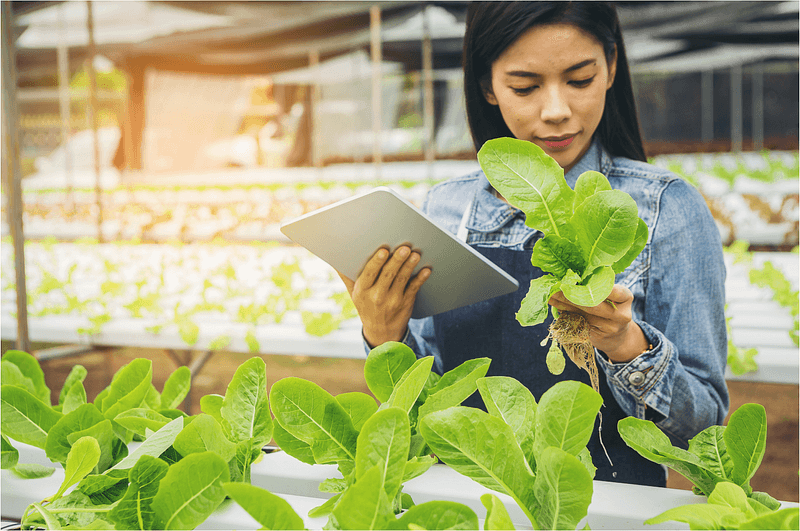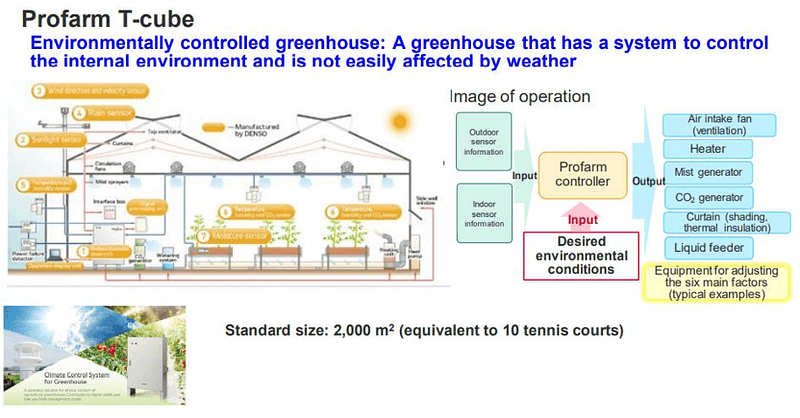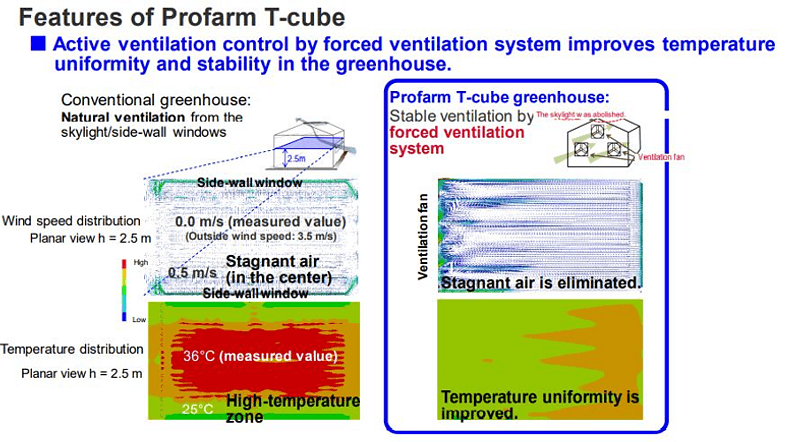Agritech Series Vol 2: IoT in Smart Greenhouses

As a result of this pressing issue, there is an increasing demand for technologies that can make agriculture more resilient to climatic variations and geographical limitations.
With the integration of the Internet of Things (IoT) into controlled environment agriculture, the agricultural industry is currently at the forefront of a technological revolution. This has ushered in the era of smart greenhouses, which is changing the way we approach farming. A smart greenhouse is essentially a controlled environment in which plant growth is monitored and managed using IoT technology. This technological advancement enables farmers to optimize greenhouse conditions such as temperature, humidity, and light, ensuring that crops grow in the best possible environment.
Profarm T-cube
In response to these challenges, DENSO created the Profarm T-cube, which serves as a shining beacon in the agricultural landscape. The goal of this ground-breaking technology is clear: to create a system that protects agriculture from the negative effects of climate and location while also improving distribution system efficiency. At its core, the Profarm T-cube is an environmentally controlled greenhouse with a system designed to withstand weather fluctuations, ensuring a stable and controlled environment for optimal crop growth.
The Advantage
The Profarm T-cube is at the heart of this game-changing technology. Its standard size is approximately 2,000 m2, or roughly 10 tennis courts, emphasizing its scalability and widespread adoption. The system monitors both indoor and outdoor conditions with a sophisticated array of sensors, automatically regulating equipment to supply six critical factors: water, nutrients, light, CO2, temperature, and humidity. Farmers with this level of control can set and maintain desired environmental conditions regardless of external variables.

Forced Ventilation: A Breakthrough Feature
One of the most notable features of the Profarm T-cube is its forced ventilation system, which differs from traditional agricultural greenhouse designs. This system actively controls ventilation within the greenhouse, improving temperature stability and uniformity significantly. The forced ventilation system creates an environment conducive to optimal crop growth by removing stagnant air and promoting necessary airflow. This active ventilation not only maintains temperature uniformity but also reduces the impact of outside weather conditions, making it a game changer for year-round cultivation.

Finally, smart greenhouses such as the Profarm T-cube represent a revolutionary step forward in ensuring global food production. These structures enable farmers to cultivate high-quality crops year-round by providing a controlled environment immune to weather fluctuations and incorporating a data-driven approach. As we face the challenges of climate change, adopting game-changing technologies becomes critical for ensuring food security, reducing waste, and sustaining agriculture in the face of an uncertain future.




















































